On Saturday morning, I woke to greet the sun. Before going to bed the night before, I set the alarm on my phone, but my body arose before the phone’s harsh tones woke the entire house. I occasionally rise before dawn to learn from the plants and this was one of those days. I have become grateful for these days. As a child, I remember days like this – rising in the middle of the night to make coffee and go duck hunting with my uncle. I’m more of a harvester these days. While waking early was hard for me as a teenager, I now look forward to the days when I need to dialogue with the plants. These days have taken on a level of significance unlike any other.
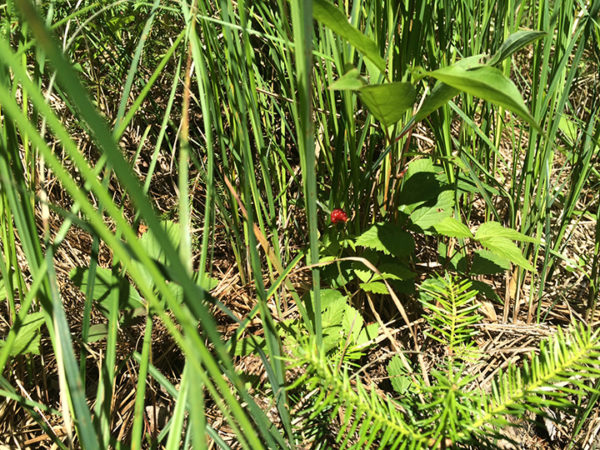
On this particular day, I was scheduled to meet an elder – fluent Anishinaabemowin-speaker and language teacher Howard Kimewon. I’ve known Howard for many years and he has taught Anishinaabemowin (the Ojibwe language) at, most recently, the University of Michigan and University of Massachusetts.
We were meeting up in Michigan’s Upper Peninsula and I needed to call him once I reached a place called Naubinway. I like to ask Howard and the other fluent speakers the meaning of place names, but I forgot to ask him for a sound Anishinaabemowin translation of the word Naubinway. While the internet tells me it has to do with ‘looking in amazement,’ I know from past experience that common translations of local place name are often dispelled by the elders. I wonder if Naubinway is one of these words.
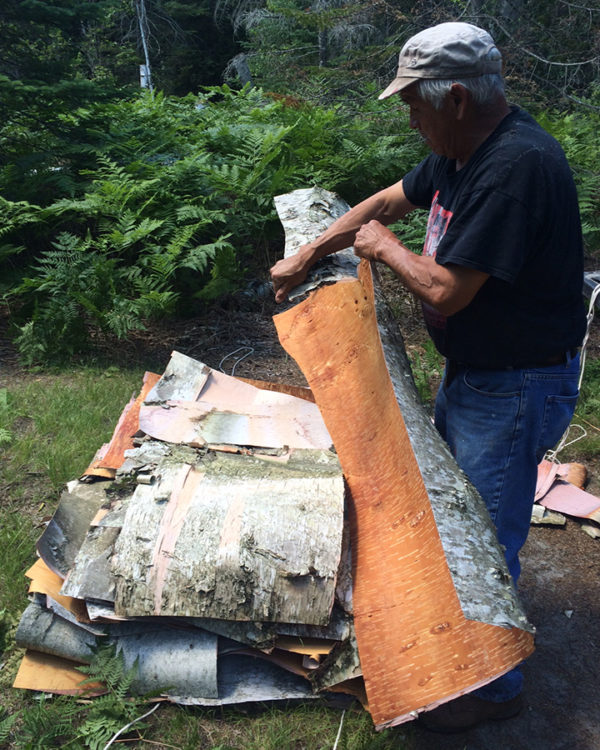
It is the time of year when June becomes July and the birchbark is ready for harvesting. I have harvested bark with Howard for the past few summers. Although, one can harvest birchbark – or as it is called in Anishinaabemowin, wiigwaas – anytime of the year, improper harvesting can kill the wiigwaasaatig or birch tree. If the bark is removed from the living tree at this particular time of year, however, you are less likely to hurt the birch. Doing as little damage as possible, of course, is something both Howard and I care deeply about.
To get to the location selected for harvesting wiigwaas, I drove 3 ½ hours north from where I was staying in Traverse City. I needed to drive across the Straights of Mackinac and west into Michigan’s Upper Peninsula. This was after a 3-hour drive – from East Lansing to Traverse City – the day before. As I drove, I watched the sun rise across the Traverse Bay while drinking gas station coffee in a paper cup. Other than East Lansing (Nkwejong) which is located in 1819 Treaty of Saginaw territory, the rest of this trip has been within the boundaries of the 1836 Treaty of Washington.

Although I hate the fact that by driving a fossil fuel consuming vehicle I am participating in the ecological destruction of the planet, I nonetheless love good road trips and the possibilities they open up. I love the time spent alone in my truck and the thinking that happens in that space. I believe that a trip like this allows us to use the tools of the capitalist world to be reversed and used against itself. My truck, purchased used from MSU Surplus, allows me to engage in meaningful practices that might not be possible otherwise, given the way that our current existence has been structured around roads and highways – especially here in Michigan where the car is still king. While this vehicle might not destroy the system that created it, it does allow for meaningful moments of resistance and survivance. All of this passes through my head, as I drive.
Once I reached Gaylord, I stopped at a big box store, grabbed another coffee and purchase some rope to tie up my bundle of wiigwaas. The stop was short, but long enough to stretch my legs.
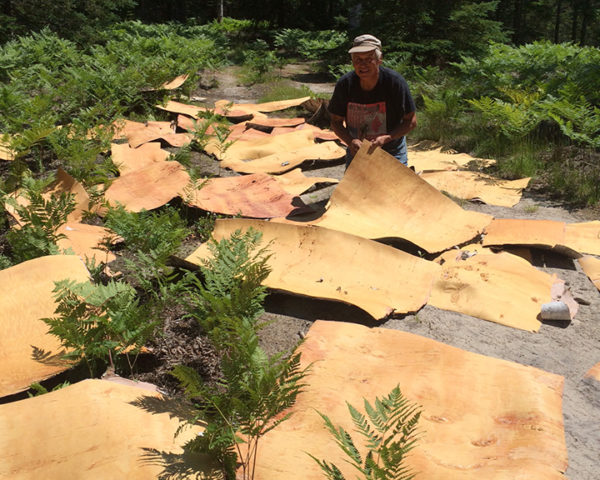
As has been done since the beginning of time, I stopped an hour later at Michilimackinac, leaving semaa before crossing the water. Unlike ancestral crossings at the Straits, I didn’t need a jiimaan, but used the bridge that was built to, among other things, accommodate deer hunters heading north. I’ve come to enjoy my migrations around the Great Lakes and be more comfortable living in a place that – for some time – I was waiting to leave.
Although we hadn’t planned it that way, our harvesting trip was scheduled on a weekend firmly situated between Independence Day and Canada Day. As someone who identifies as an anti-colonial Wiisaakodewinini border-crosser, the timing of our gathering seems quite fitting. By engaging in ancestral harvesting practices and sharing knowledge on the land, we were doing our best to resist and survive in this dystopian world. Armed only with utilities knives and rope and stories, the wiigwaasaatig and Howard both shared their knowledge with me.
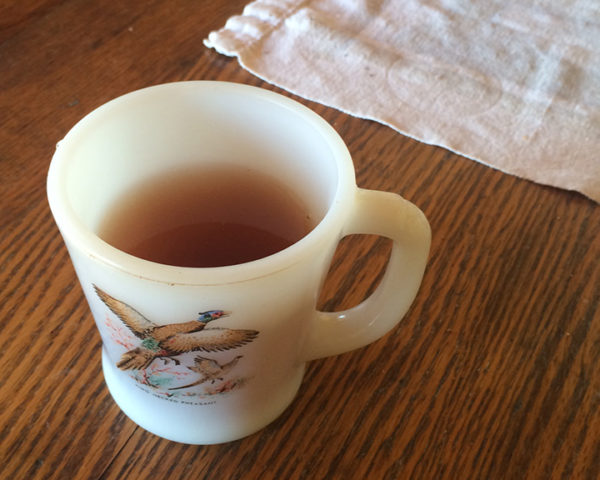
Upon my arrival at Howard’s cabin, we visited and shared tea and told stories. I mostly listened. We joked around and caught up on each others’ lives. The power of visiting and sharing tea is commonly overlooked, but if I have learned anything at all in my four decades on earth, visiting is a fundamental human activity and one that happens less and less. I value this visiting as much as I value the plant knowledge.
Howard made some wonderful ironwood tea and kindly shared some with me. This gesture centered me and I couldn’t help but recall other teas I’ve shared or have drunk and the stories they’ve shared. While drinking our tea, Howard offered stories of other teas he has made and the people he has helped with these drinks. I asked questions and sipped my aniibiishaaboo.
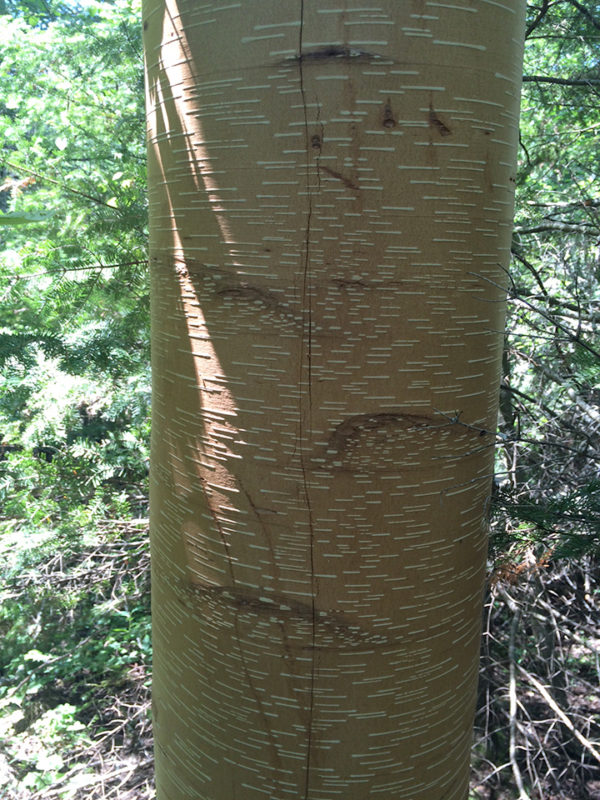
After we both finished our aniibiishaaboo, we then climbed into Howard’s truck and headed down the dirt road in search of bark. We visited a place near last year’s harvesting location, but I doubt I could find either location on my own. Once in the woods, the mosquitos and horseflies swarmed us, but nothing a little ‘bug juice’ cannot handle.
During our day, Howard shared stories; he also left me alone to dialogue with the tree. We talked and joked and engaged with the trees, both collectively and alone. The smell and feeling of harvesting bark is one that cannot properly be communicated in language. To anyone who has harvested wiigwaas, they will likely remember the sound and smell and feeling as being the most rewarding part of the experience. While I will use the bark I harvested for baskets, for bitings, for jiimaanan, and for other objects, the real importance of being in this place was learning on the land and with an elder and with the plants. Maarsii – chii miigwetch for sharing.
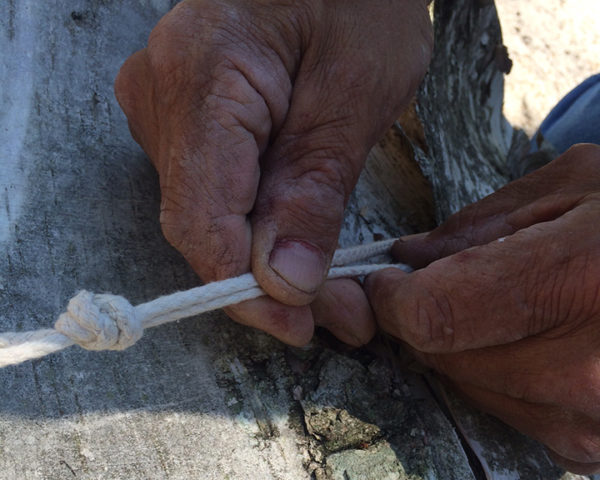

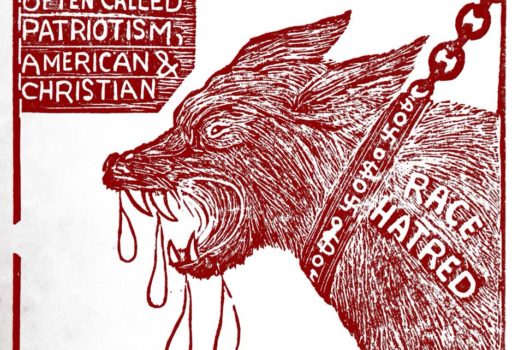
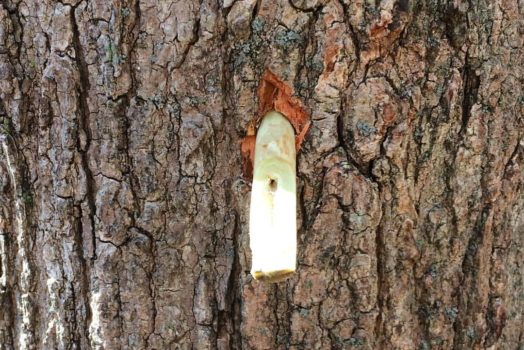

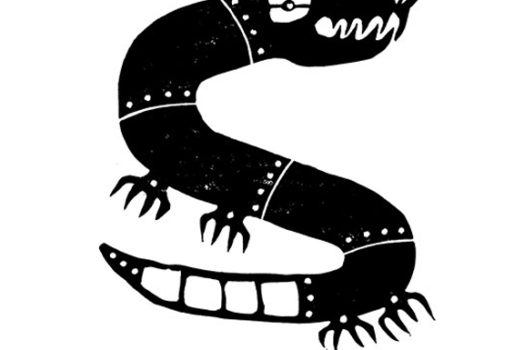

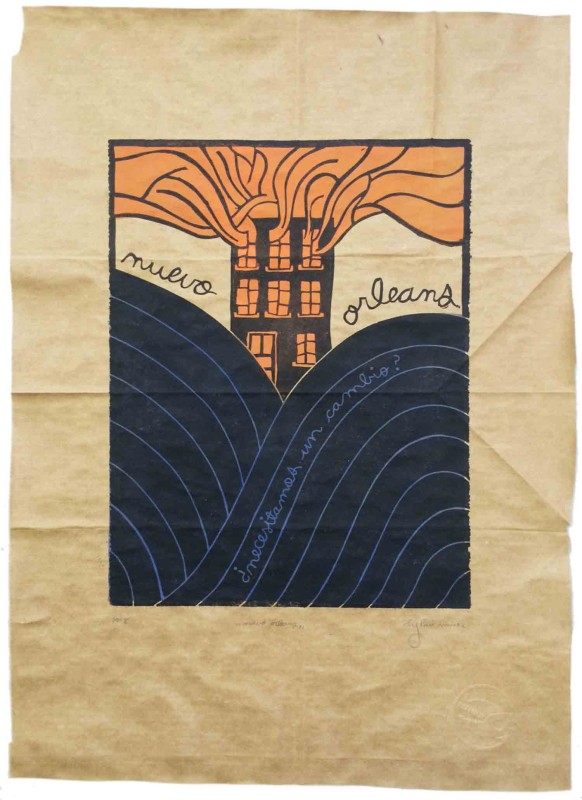
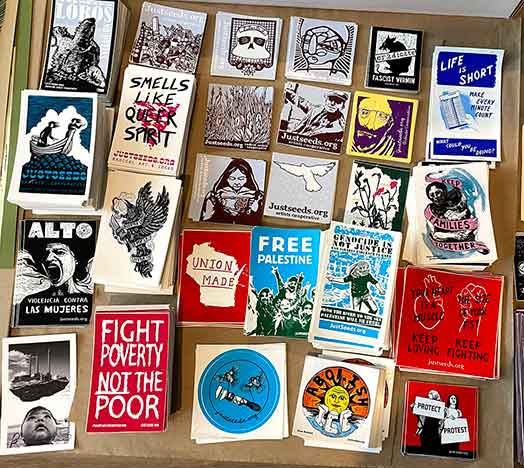

Thanks for this! Always fascinating to read this series.
I’d love to hear more about the process of selecting trees and the process of harvesting! How do you choose, and how do you remove the bark? Do you have to cure it somehow?